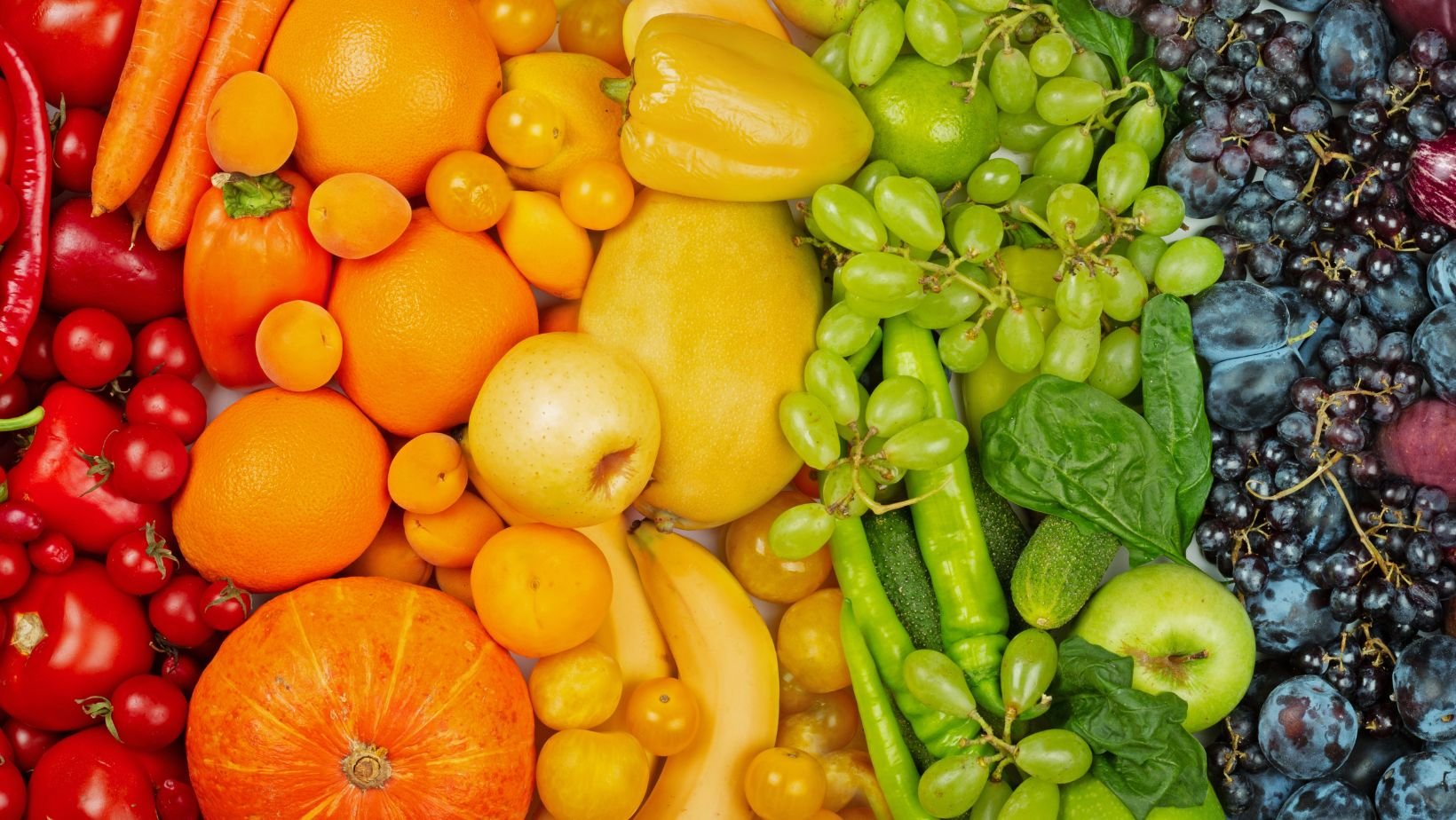🌱 What does a ‘plant-based’ diet really mean?
I just saw this headline: “Evidence Suggests Plant-Based Diets Reduce Cancer Risk.”
But it turns out that plant-based means different things to different people (and to different researchers 🧐).
One recent study found that the healthy gut microbes in vegans also appeared in omnivores who ate more plant foods—meaning that eating more fruits and veggies makes a difference even without eliminating meat 🥩🥦
Plant-based diets can mean:
✨ vegan
✨ vegetarian
✨ omnivore
The most extensively researched plant-based diet is the Mediterranean Diet, which includes 🫒healthy fats like olive oil and nuts, 🐟moderate amounts of lean proteins like fish or poultry, 🥗and at least ⅔ of the plate coming from fruits, veggies, and plant foods.
So, why do plant-based diets reduce the risk of cancer?
It could be any of these things:
✔️ a healthier microbiome
✔️ lower inflammation and oxidative stress
✔️ better blood sugar regulation
✔️ fewer processed foods
The point is that ⭐️ food quality matters and you don’t need to be vegan to get the health-promoting benefits of a plant-based diet.
Are you tired of complicated and confusing nutrition information?
The truth is that the same basic principles will never change:
Our bodies crave whole and nutrient-dense foods.
This is the foundation we start from with all our patients, tailoring personalized plans based on each individual’s unique needs.
If you’re ready to finally understand what your body needs to feel good, head over to our website to schedule your first visit! 🌱




